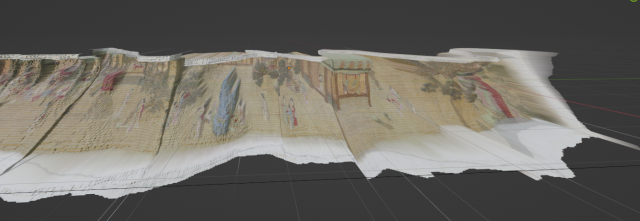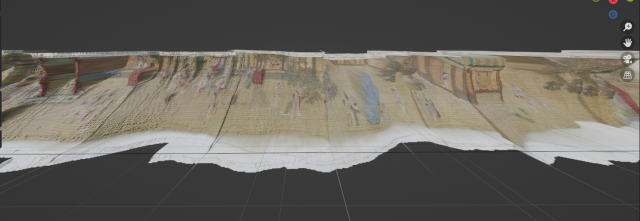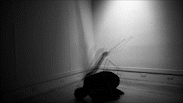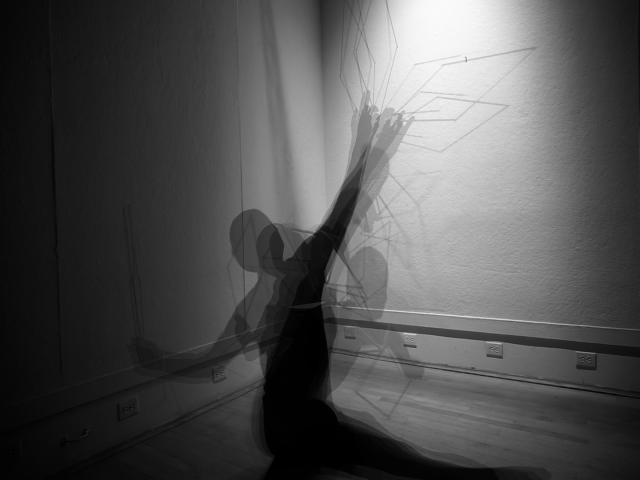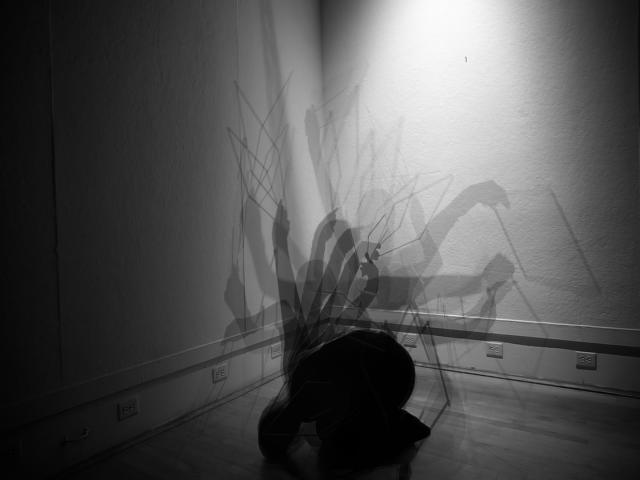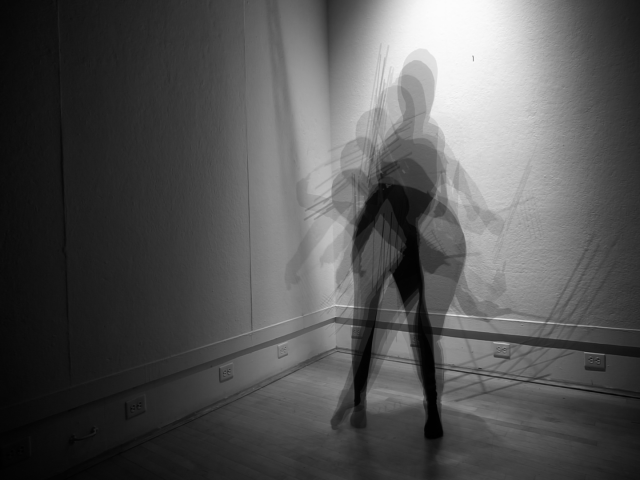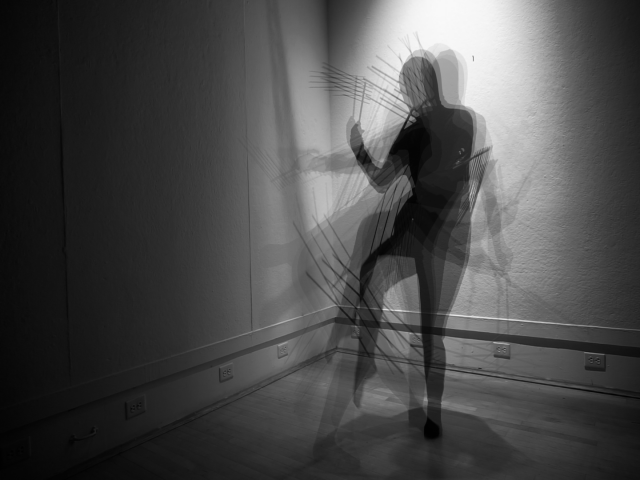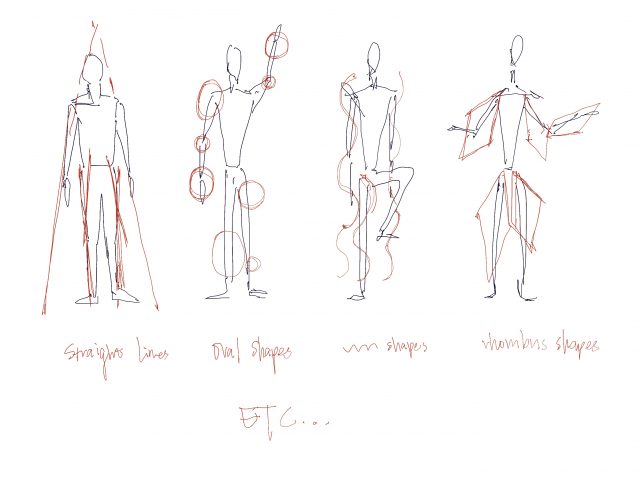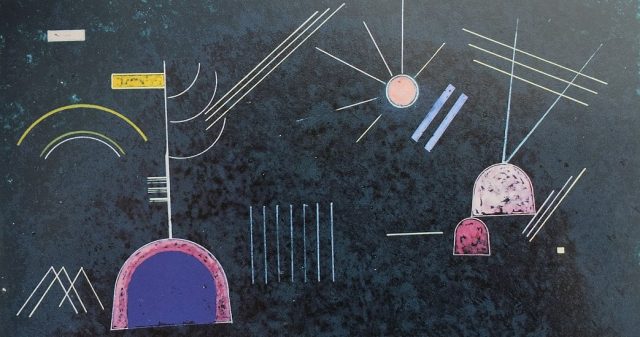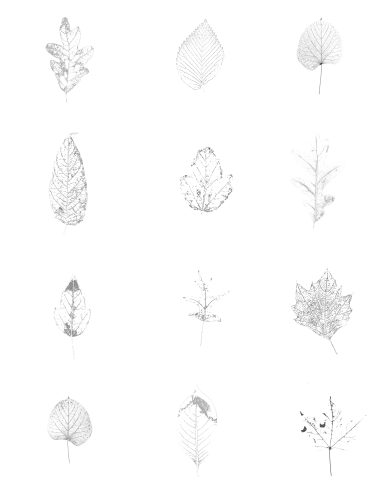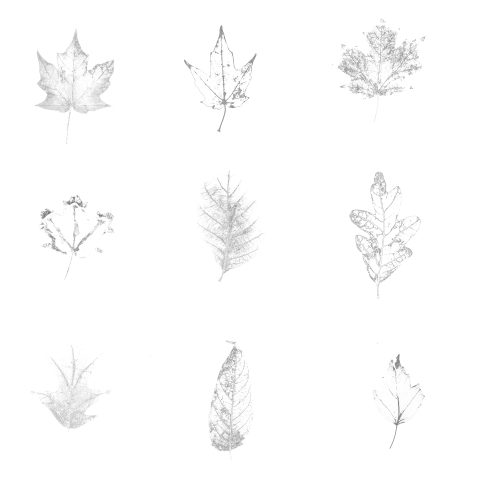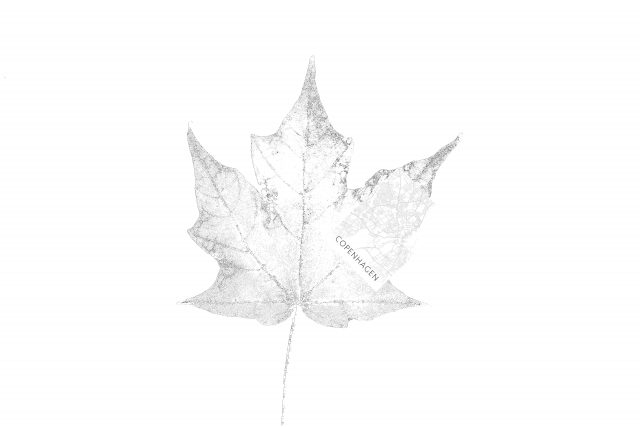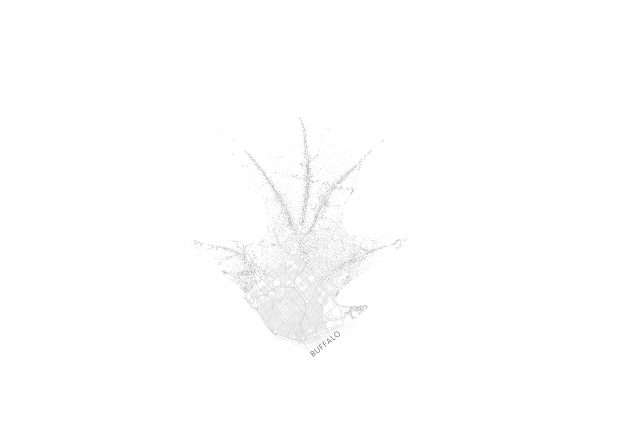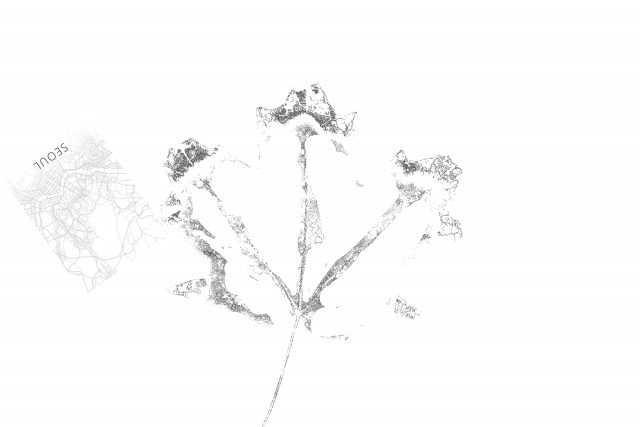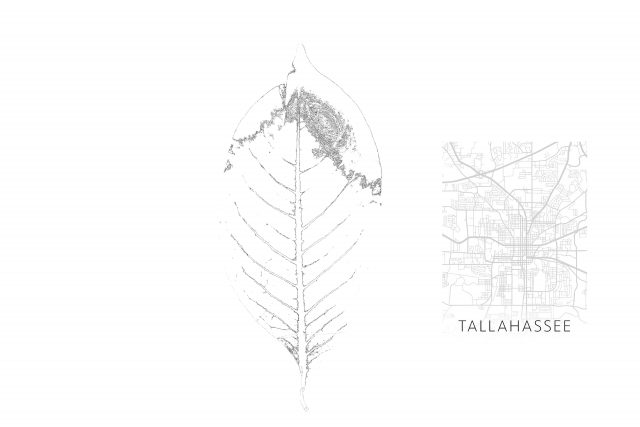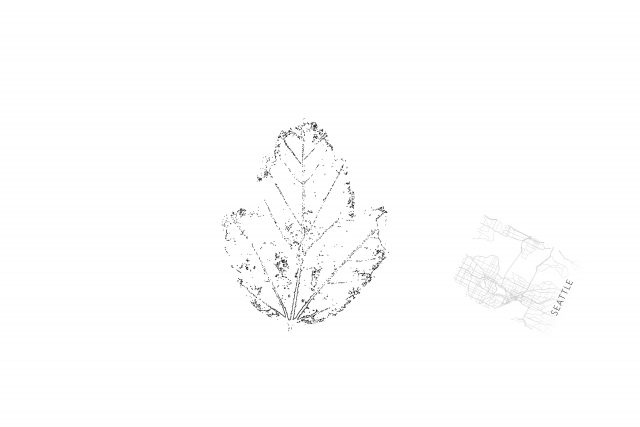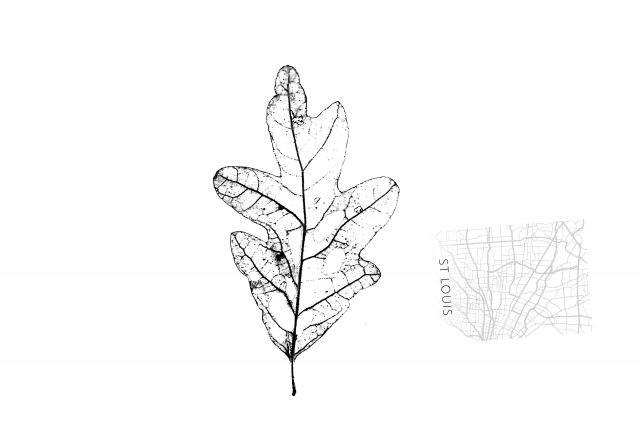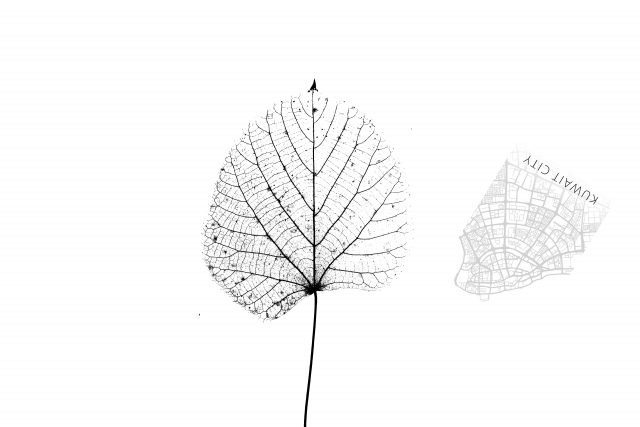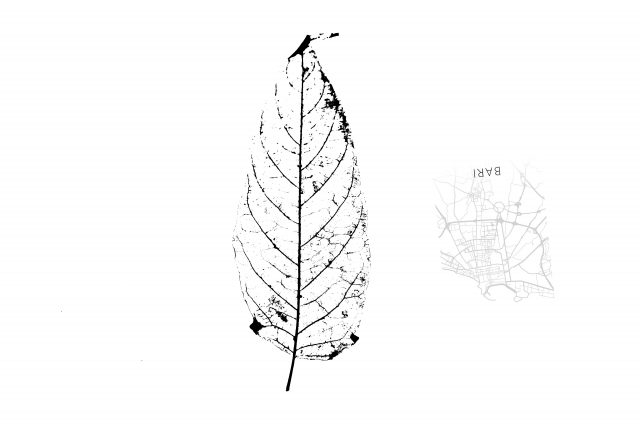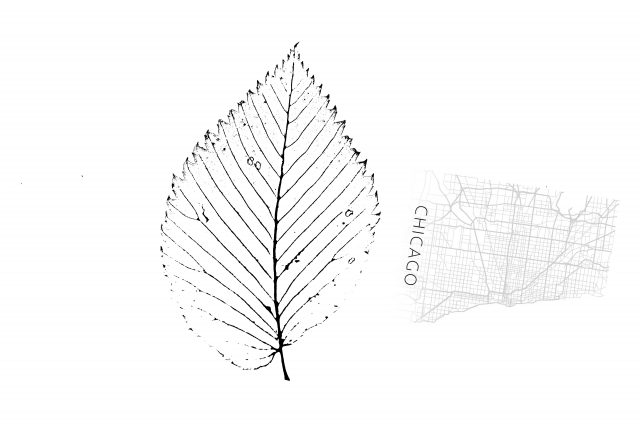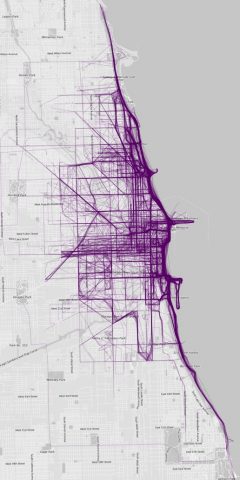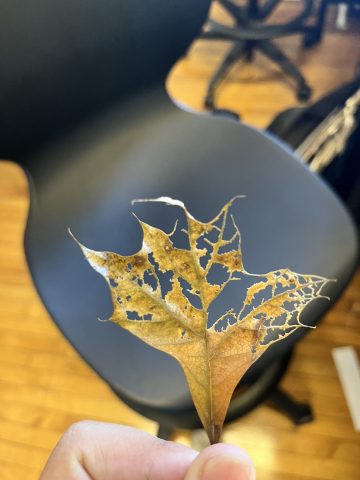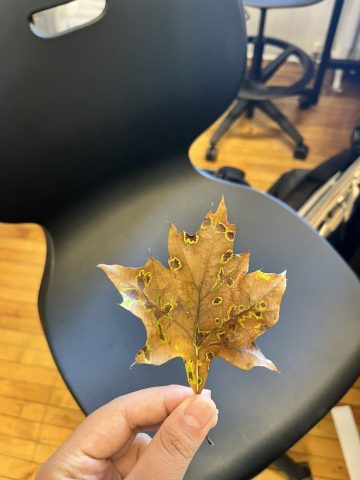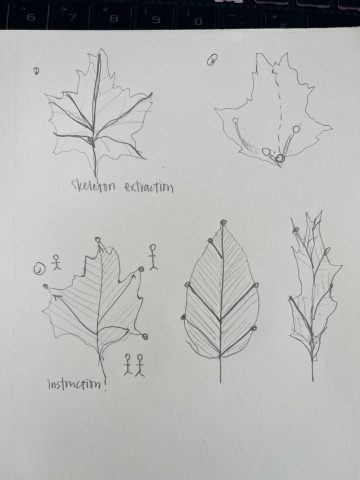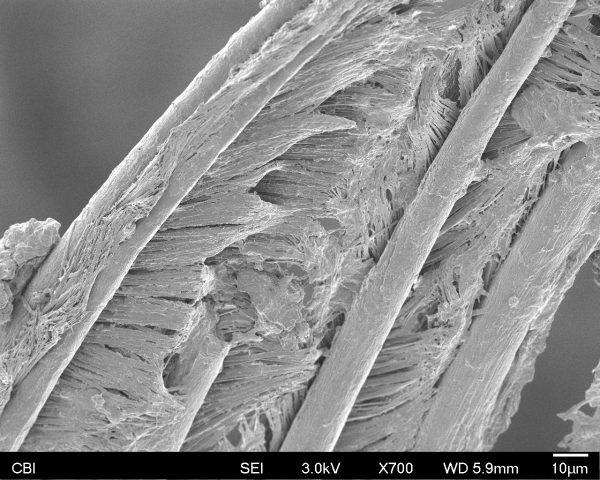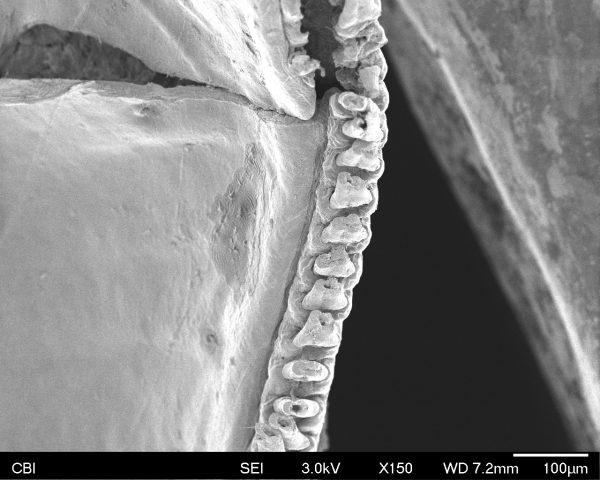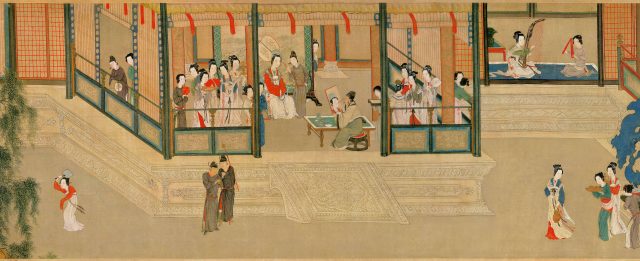
My project is a traversing experience through the 3d version of a scroll painting Spring Morning in the Han Palace.(See image above)Focusing on the study of the experimental perspective technique – the cavalier perspective – use in traditional Chinese painting, the project studies the contrast and connection between the traditional western drawing perspective technique and the eastern drawing perspective technique.
- Technique&Workflow:
The first idea of me is to “photogrammetry just through one picture”
Runway ML for depth estimation + surface displacement in blender
The technique of depth estimation can generate a general gradient of the grey-scaled image from a single picture. The gradient logic is: the white part represents the components that are closer to the camera, and the dark part represents the components that are farther away from the camera. Then I applied the gradient map as a displacement map to the subdivided surface in blender- it will render a “bumpy” surface and created a semi-3D model.
- Test Cases:
-
- Test Case 1: Coffee Cup
-
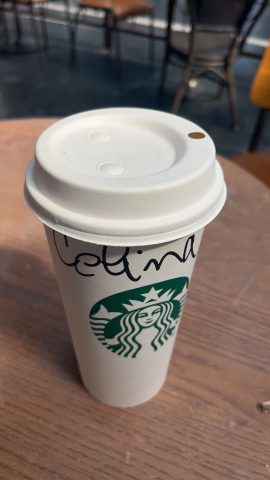
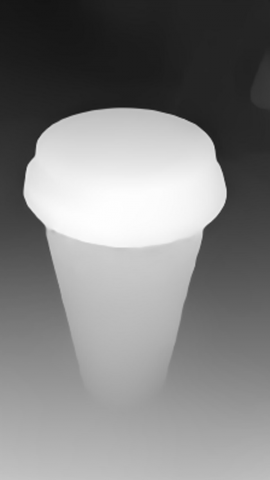
Actual Picture & Depth Estimation Generated Gradient Map
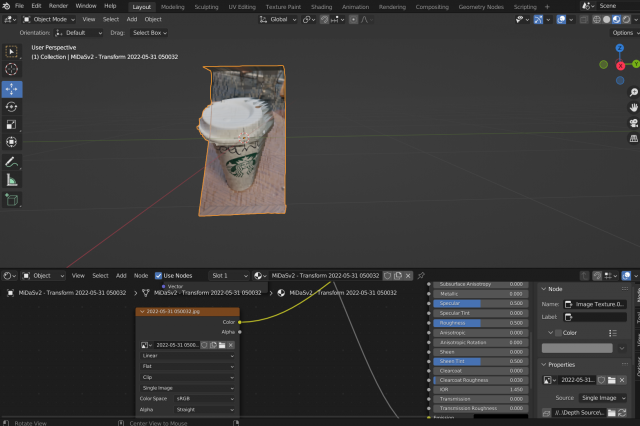
Blender Model
For further study – instead of actual photographs – I choose to process oil paintings, intending to bring out 3D spaces from unreal worlds.
-
-
- Test Case 2&3: Edward Hopper & Dali
-
- unreal content
-
- Test Case 2&3: Edward Hopper & Dali
-

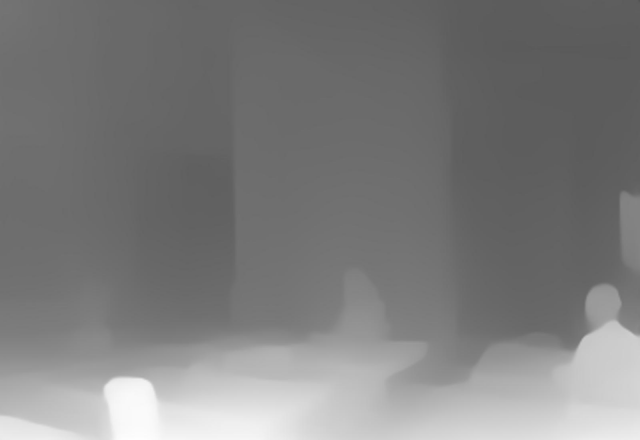 2D Oil Painting & Depth Estimation Generated Gradient Map
2D Oil Painting & Depth Estimation Generated Gradient Map
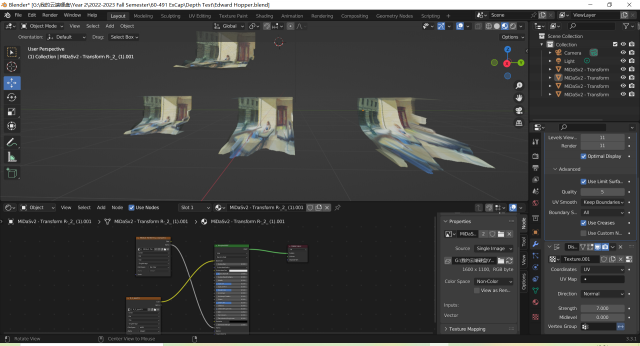
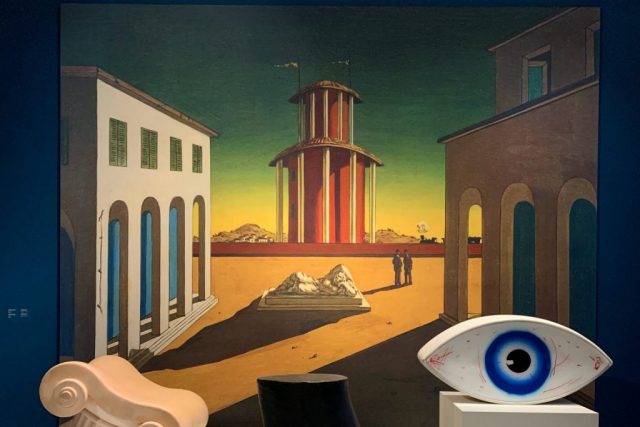

2D Oil Painting & Depth Estimation Generated Gradient Map
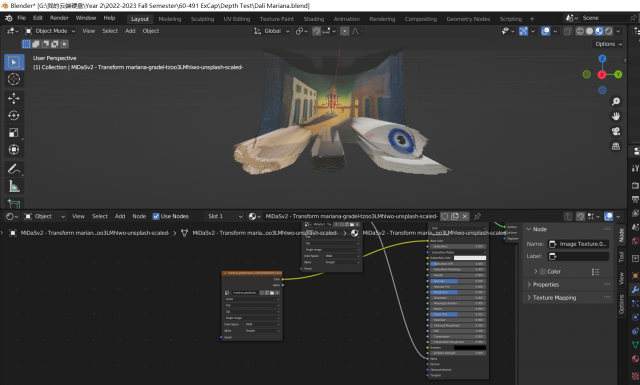
And I put it in Unity!
These two models work well because they follow the rule of the classic western drawing technique: perspective. (either 1-point perspective or 2-point perspective that required vanishing points)


However, in ancient Chinese scroll paintings, the painters do not apply point perspective as a painting technique. They instead use cavalier perspective – also called scattered perspective – in their long scroll paintings.

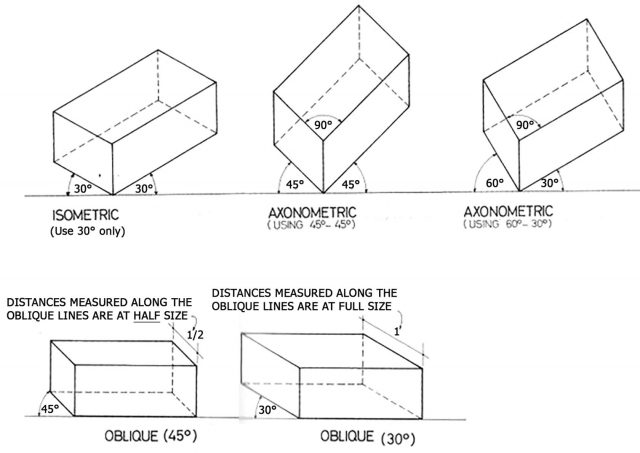
Cavalier perspective(scattered perspective) & Oblique Elevation perspective
“Oblique Projection is a type of technical drawing that is used for drawing graphical projections of three-dimensional objects on two-dimensional planes. The most common technique used for technical drawing is Oblique Projection.
From the first or second century to 18th-century Oblique Projection was used almost universally by Chinese artists for depicting rectilinear objects such as houses.”
- Test Case 4: Ying Qiu – Spring Morning in Han Palace (1540—1544 AC)
- unreal perspective!
“With every step I take, the view is also changing”
-Ying Qiu -漢宫春晓图 Spring Morning in Han Palace-
- Final Model:

